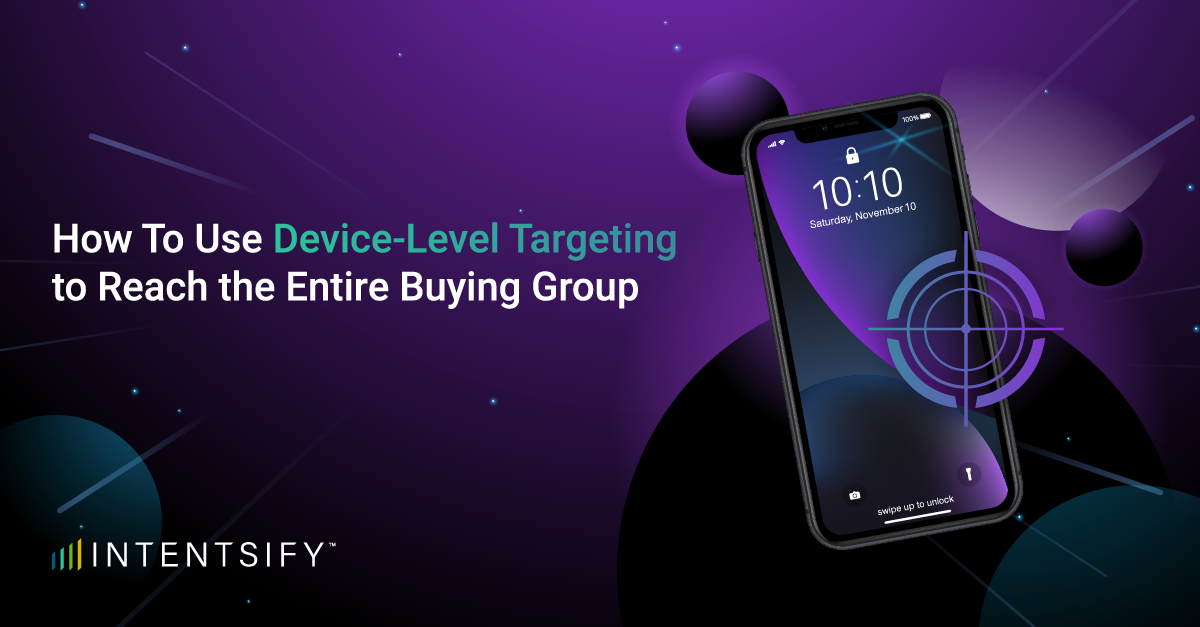You could write the world’s best email, but if your subject line is boring, no one’s going to read it. That’s just how it works. Your subject line is your first (and sometimes only) shot to grab attention. The good news? There are super simple, data-backed tricks you can use to get people to actually open your emails. Let’s break down the best strategies for subject line length, personalization, and testing so you can finally see those open rates climb.
Here’s a stat that might surprise you: 43% of people say they open emails based just on the subject line. If you’re not putting time into writing killer subject lines, you’re missing out on clicks, reads, and sales. So, what makes a great subject line? It’s short and clear, it tells people on your email list why they should care, and it feels like something your brand would actually say. Simple, right? Let’s dig into some easy, proven techniques to level up yours.
For more on common pitfalls to avoid, check out Top B2B Email Marketing Mistakes and How to Avoid Them.
Email Subject Line Length
“When we talk about subject line length, especially in today’s crowded inboxes, I always tell my team to prioritize clarity over cleverness,” says Kevin Heimlich, CEO at The Ad Firm. He continues, “In short character spaces, every word is important.”
What the data says
Subject lines with 61 to 70 characters get the highest open rates (43.38%) and the highest click through rate (17.57%).
How to do it
Try to keep your subject lines between 6 to 10 words or under 70 characters. Put the important stuff at the beginning so it shows up, even on mobile. And don’t be afraid to test out super short ones (just a word or two). For example:
- “Uh oh”
- “Last chance”
- “Guess what?”
Heimlich points out being witty can backfire if the value of your email isn’t clear. “A clear subject line like ‘Your Q2 Sales Report is Here’ usually gets more opens than a vague one like ‘Unlock the Future of Growth’ because its immediate value is obvious.”
Using Personalization in Your Subject Lines
“In a world where over 376 billion emails are sent and received daily, standing out in the inbox is tougher than ever,” notes MaryAnn Pfeiffer, MailChimp Expert & Pro Partner at 108 Degrees Digital.
“The subject line is one of the key factors in determining if an email will be opened or immediately disregarded, and subject lines that use some form of personalization are opened 26% more often than those that do not use it,” she continues.
What the data says
Adding personalization to your subject lines can bump open rates by at least 50%. But just slapping someone’s first name on there isn’t always enough, especially if the rest of the email isn’t personalized too.
Easy ways to personalize
- First names still work if used naturally. Like: “Hey Sam, don’t miss this deal”
- Location-based is great for local offers or weather-related promos. Like: “Rainy day reads for Chicago”
- Behavior-based feels personal because it taps into what they’ve done before. Like: “Still thinking about those hiking boots?”
- Purchase history lets you cross-sell or upsell. Like: “Complete your yoga set with this”
How to do it well
Pfeiffer advises going beyond the first name personalization. “While identifying the recipient by name is a great way to stand out in the inbox, leveraging other data, such as interests, past interactions, or even job type tends to have greater impact over the long term.” She recommends trying different data sets with A/B split tests to see what works best for driving opens and engagement.
Emotional Triggers: Fear, Curiosity, and FOMO
“When a subject line looked like an ordinary message from a colleague, opens increased by 32 percent,” says Paul DeMott, Chief Technology Officer at Helium SEO. He continues, “‘Quick thing’ outperformed ‘Hey [First Name], quick question’ by eight percentage points. Predictable formats dropped engagement. The inbox is already full of noise. What gets noticed does not follow a script.”
What the data says
Subject lines that spark curiosity or urgency always do better. Urgent subject lines can boost opens by an average of 22%.
How to do it
- Curiosity: Tease what’s inside without being clickbaity. Like: “You’re missing out on this…” or “We weren’t expecting this…”
- FOMO: Let them know something’s about to end. Like: “Ends tonight: Your 20% off” or “Only 3 spots left”
- Emotion: Make them feel something, like excitement or relief. Like: “Feel amazing in your skin again” or “Stress-free mornings start here”
DeMott explains what looks engineered doesn’t work. Readers click “what feels unfinished or accidental”. He advises breaking the pattern to stand out.
Use Numbers to Stand Out
What the data says
Numbers make subject lines pop. Using numbers can increase open rates by up to 57%.
Why it works
People love quick, easy-to-read content. Numbers tell them exactly what to expect. For example:
- “7 ways to boost your energy today”
- “3 reasons you’ll love our new formula”
Easy, clear, and clickable.
A/B Testing Email Subject Lines
“We spend a lot of time understanding what motivates different segments within our database, from first-time browsers to high-intent repeat buyers,” explains Dani Maynard, Communications Lead at Orange Line. She continues, “That insight informs everything from our use of personalisation tokens (like product category preferences or location) to the tone of voice we use in the subject line.”
What the data says
Only 47% of marketers test their subject lines regularly. But those who do see way better results.
How to do it
Test one thing at a time so you know what actually made the difference. Maynard recommends testing for:
- Length (short and punchy vs. informative)
- Value-driven copy (discounts, offers)
- Urgency or FOMO (limited stock, time-sensitive deals)
- Curiosity-led hooks that spark interest without giving everything away.
“Subject line performance is never static, and what works in one month or audience segment might flop in another,” notes Maynard. Make sure you’re testing on a big enough sample to trust the results, and look beyond open rates. A subject line that gets a ton of opens but zero clicks isn’t helping you.
Power Words for Email Subject Lines
“We use emojis sparingly and only if they reinforce meaning – never just for decoration. 📉 = performance drop. 🔒 = security notice,” says Richard Dean, Director at Pressillion.
What the data says
Words like “exclusive,” “free,” “new,” and “secret” get attention. Emojis don’t seem to improve open rates or click-throughs. Email subject lines with no emojis had higher open rates and click-throughs, but that’s from 2023 data.
Use the Subject Line to Ask Questions
What the data says
Questions create curiosity. They open a mental loop people want to close by reading more. For example:
- “Ready to take your skills to the next level?”
- “Is your skincare routine missing this step?”
Just make sure your question is relevant and not too generic.
Stay True to Your Brand Voice
All these tips are great, but they only work if they feel like you. If your brand is playful, lean into humor and curiosity. Like:
- “Oops… did we just do that?”
- “We baked cookies (but for your inbox)”
If you’re more formal, keep it clear and authoritative. Like:
- “Important update to your membership benefits”
- “New research insights for your strategy”
Avoid Spam Trigger Words
Using words like “Free!!!,” “Act now,” or “100% guaranteed” might seem like a great way to grab attention, but they’re actually some of the fastest ways to get your email flagged as spam. Spam filters catch overly salesy language. The same goes for using all caps (NO ONE LIKES TO BE YELLED AT) or adding a ton of exclamation points.
Instead of shouting “FREE SAMPLE INSIDE!!!,” try something more natural like “Your free sample is ready.” It still feels exciting but doesn’t scream spam.
Also, before you send your email, run your subject line through a spam checker (most email platforms have one built in). It’ll flag any risky words or formatting so you can tweak them and make sure your email actually lands in your subscribers’ inboxes, where it belongs. Keep your email drip campaign running strong.
Keep Testing and Improving
Even when you find a formula that works, keep testing. People’s preferences change, trends shift, and inbox algorithms evolve. Stay curious and keep experimenting to stay ahead.
If you want more people to read your emails, remember: keep your subject lines short, clear, and true to your brand. Use personalization wisely, add curiosity or urgency when it makes sense, and never stop testing new ideas. Your subject line is your one shot to stand out in a crowded inbox. Make it count.






